IASP Nairobi: Exploring Global Solutions to Demographic, Technological and Entrepreneurial Challenges
/OverallNewsNairobi.PNG)
Science Parks and Areas of Innovation have the potential to make huge impacts on different demographics around the world in terms of creating sustainable entrepreneurial opportunities. In the face of digital transformation, technological advancement and changing demographics around the world, how do we leverage innovation at STPs and AOIs to create solutions to global issues. These are the questions that we explored at the 41st World Conference in Nairobi, Kenya, which took place from the 25th to the 27th of September, 2024, welcoming 860 delegates from 48 countries across the globe.
Demographic Solutions
A key topic that appeared throughout the conference was the ageing populations and scarcity of talent that is occurring in many developed countries across the world putting strain on the working population. With youth proposed as a solution that brings ideas and novelty to entrepreneurship, the challenge is maintaining innovation throughout the globe. A core topic here was the opportunities brought by remote work in combination with educational opportunities for bridging this skills gap. Countries such as Kenya and India proposed that their younger population, empowered by digital opportunities, could be the solution to this global problem. There was also many conversations around how to give these young people the tools to develop their careers on this global and highly qualified scale, and we are proud to say that many IASP STPs and AOIs are actively nurturing schemes to help young people gain access to education in STEAM subjects (Science, Technology, Economics, Arts, and Mathematics).
Women and Entrepreneurship around the Globe
Another key demographic frequently mentioned throughout the conference were women, and the entrepreneurial challenges that they face on a global scale. Speakers mentioned that there are many women across the globe who have not had access to educational opportunities, independence, or career development schemes. Jorge Adriano Soares Silva, from SEBRAE/DF noted that even in educated women, over 50% have never been encouraged to be entrepreneurial. When we take this to a global scale, this is a great loss of ideas which could help to drive the sector forwards. This is, of course, not just the case for women. Other underserved populations such as indigenous, refugee and rural communities are also affected by a lack of opportunity. STPs and AOIs from around the globe are undertaking and proposing a real push in terms of educational opportunities, hubs, and schemes for these communities, including programmes that utilise technology to bridge digital divides and by providing learning opportunities. All of this aims to increase the inclusivity of Global Innovation.
Technical Challenges in the face of Change
We have technologies emerging that are disruptive to the industry. We have AI, biotechnology, new materials, machine learning, and digitalisation, to name a few. Speakers at the conference recognised the deep potential of these tools as opportunities for novelty, solutions and innovation for a range of demographic, economic and social issues, including skills gaps, ageing populations, and climate change. However, the conference also addressed the risk of these technologies, namely in terms of data security, unforeseen risks, and negative potential impacts that these tools also possess, and posed the question of how to mitigate these risks. Included in this, remote work was addressed as an example where it can promote inclusivity and global collaboration, but could also affect creativity and innovation. The takeaways from this was that these technologies alone are not enough. They require people behind them, and they require STPs to use them responsibly with the aim of innovation, entrepreneurship, and inclusivity. As put by Tom Bentley, Melbourne Innovation District (Australia), “it’s the talent, it’s not the technology.”
Sustainability and entrepreneurship
A key pillar of the conference was the theme of sustainability and its role in protecting the environment and in turn, long-term positive economies. Many of our STPs and AOIs are tackling helping to create sustainability by empowering farmers across the globe. For example, by increasing the value of their crops to ensure higher profit shares, by arranging meetings between startups and farmers, encouraging agriculture that helps to prevent soil degradation, and using technology to help to connect rural locations with water supplies for irrigation. Another key method that was mentioned was the use of regenerative farming to improve soil quality and increase biodiversity. Our hosts at this conference very much reflected these values of harmony with nature through the use of technology and sustainable practices, creating their “Silicon Savannah,” Konza Technopolis, with smart technologies and a conservation area to maintain biodiversity within the smart city, recognising the positive opportunities that can be created by sustainability.
Overall, at this year’s World Conference, connections have been made between experts in fields spanning across demographics, entrepreneurship and technology to foster sustainable and inclusive growth. The next steps for science and technology parks around the world is to continue to innovate, to continue to grow their initiatives on a local and global scale, and to continue to share knowledge and best practices towards creating thriving, long-term ecosystems that benefit entrepreneurship, economy, and people.
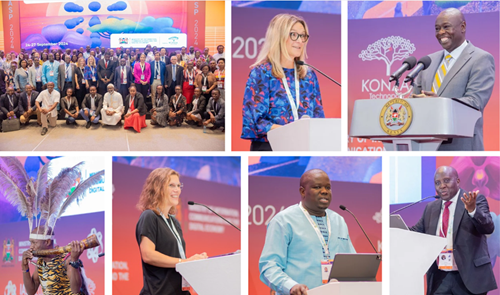
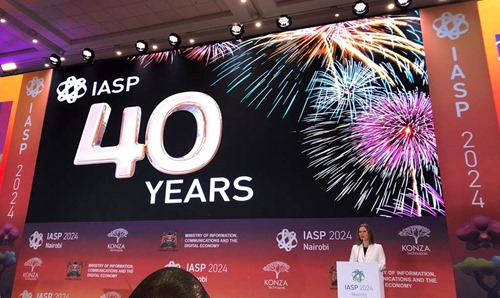
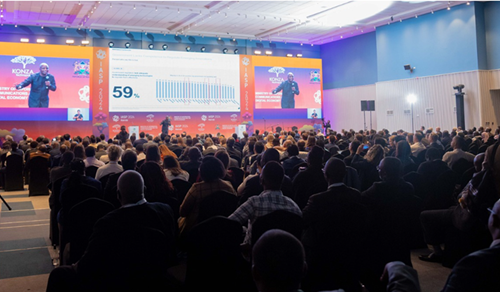
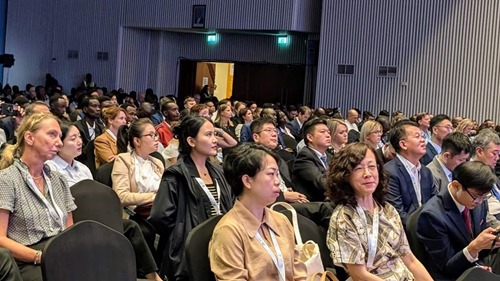

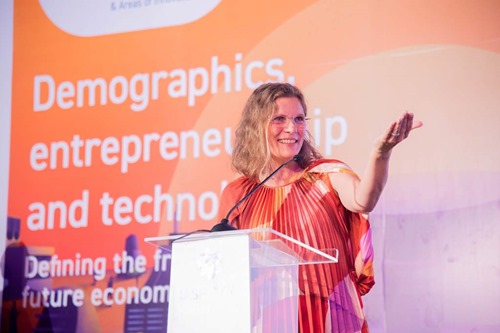
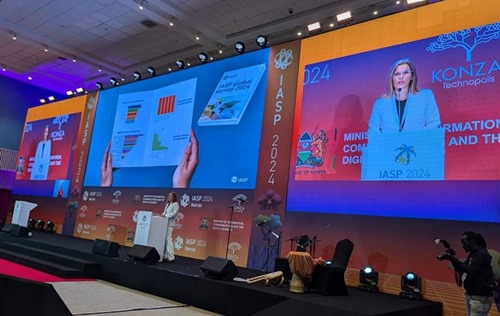
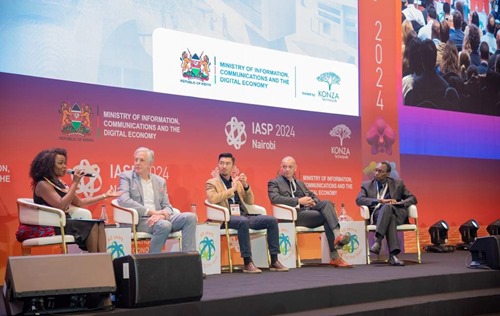
.jpg)

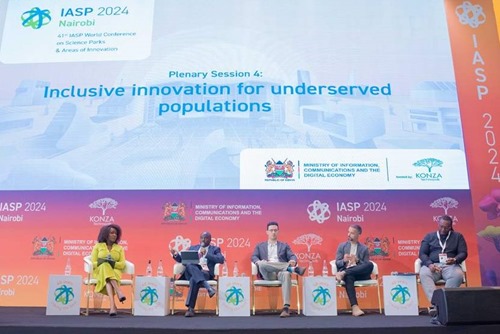
.jpg)
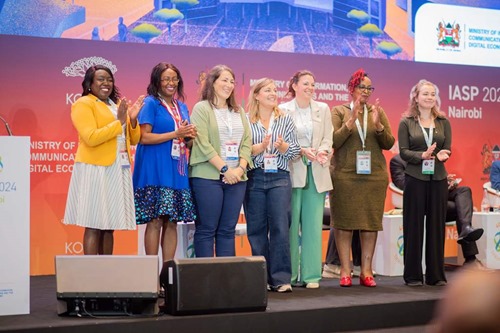
/)

/canvascolor(0xffffffff)/2021_Spain_PCT__lava.png)
/canvascolor(0xffffffff)/2023_06_19_China_Tuspark_Ningbo_Logo.png)
/canvascolor(0xffffffff)/WMV_logo_PNG_2024-03-03_14_03_12_1.png)
/canvascolor(0xffffffff)/Aj_basa_2014_color-fonsgrisE_2.png)
/canvascolor(0xffffffff)/Andorra_RGB_RI-1_1.png)
/canvascolor(0xffffffff)/2024_04_04_The_Netherlands_Lindholmen_Science_Park.jpg)
/canvascolor(0xffffffff)/UBT1_1.png)
/canvascolor(0xffffffff)/MemberLogo-69601-343301.jpg)
/canvascolor(0xffffffff)/2024_06_03_France_Technopole_de_la_R_union.jpg)
/canvascolor(0xffffffff)/KACSTLogo_1_3.png)
/canvascolor(0xffffffff)/2023_07_27_Italy_Road_2.jpg)
/canvascolor(0xffffffff)/Next_Mannheim_-_Dachmarke_-_RGB_-_final_3.png)
/canvascolor(0xffffffff)/2023_10_23_Korea_Pangyo_Techno_Valley.jpg)
/canvascolor(0xffffffff)/1200px-Logo_Sophia_Antipolis_12.png)
/canvascolor(0xffffffff)/2024_02_20_China_Leaguer_Lishui_Accelerator.jpg)
/canvascolor(0xffffffff)/MemberLogo-58801-6311.png)
/canvascolor(0xffffffff)/2023_10_09_Brazil_PCT_UNICAMP.jpg)
/canvascolor(0xffffffff)/logo_Magurele_Science_Park_ok_3.jpg)
/canvascolor(0xffffffff)/2020_10_23_Spain_Malaga_TechPark_PTA.jpg)
/canvascolor(0xffffffff)/2017_11_17_Taiwan_Southern_Taiwan_SP.png)
/canvascolor(0xffffffff)/_______logo.png)
/canvascolor(0xffffffff)/MemberLogo-5594-6012.jpg)
/canvascolor(0xffffffff)/Logo_ITP-01_1.jpg)
/canvascolor(0xffffffff)/2017_07_25_Germany_Technologiepark_Heidelberg.jpg)
